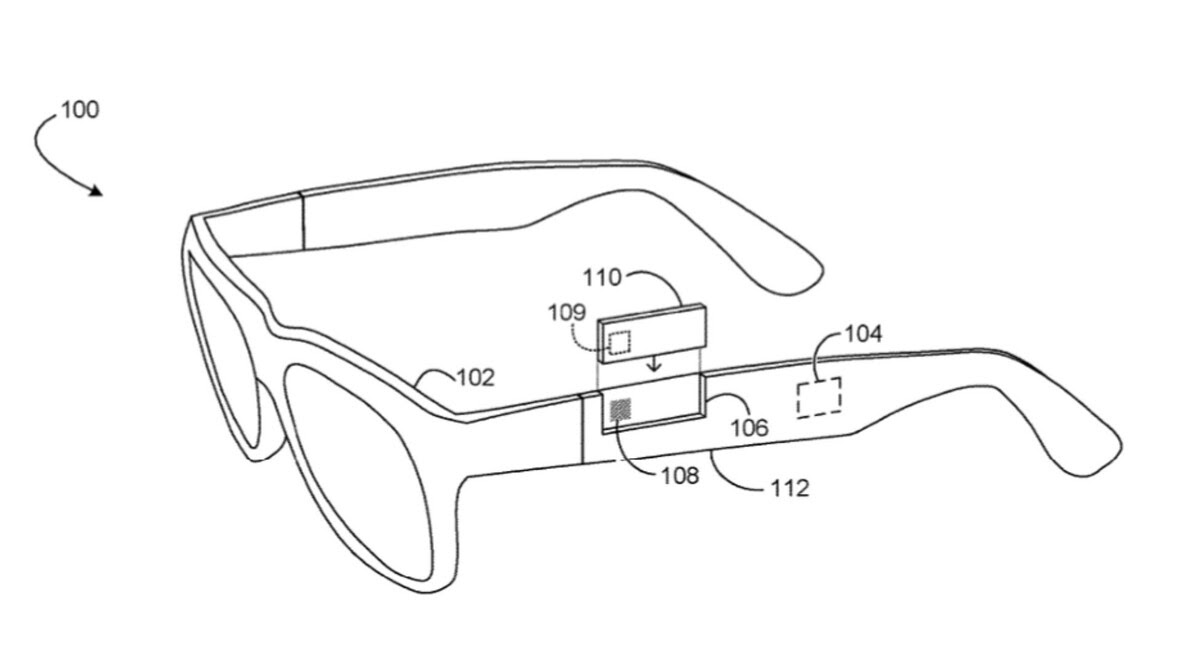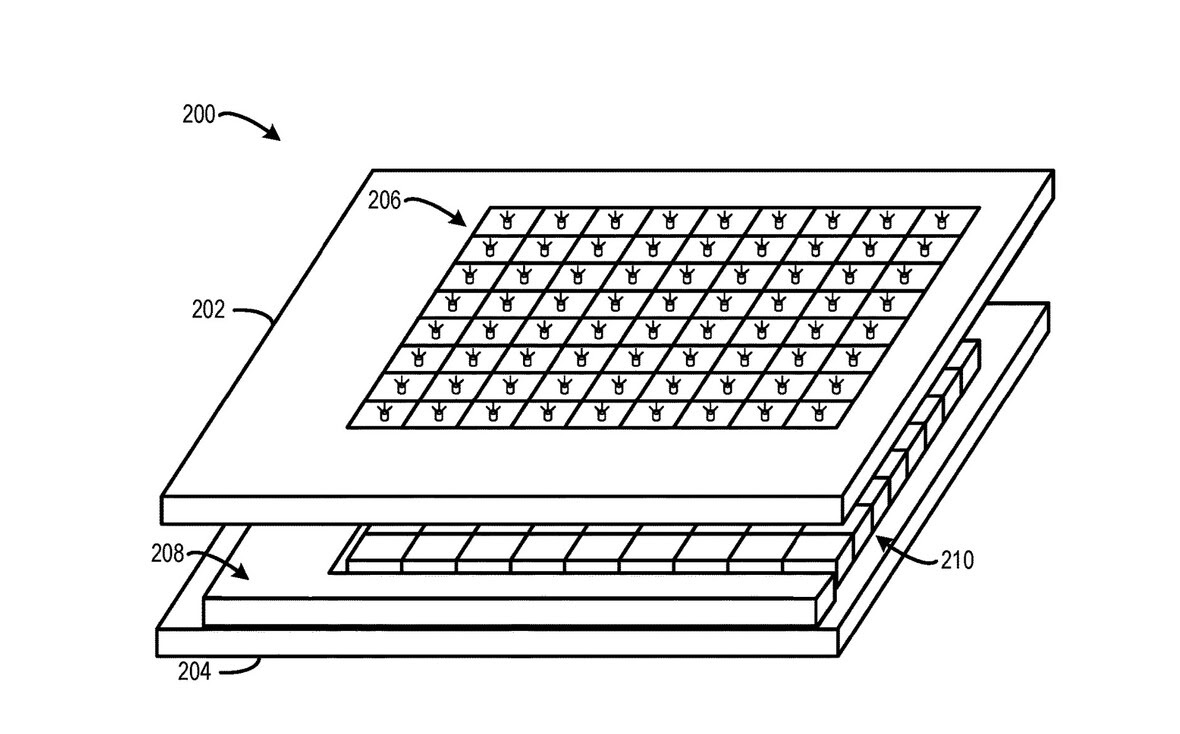MSFT and Smart Glasses & HL3 alive? - MetaVisions #04

MSFT and smart glasses & HL3 alive?
Hi everyone, hope you are all well! A few weeks ago I saw news around a new MSFT patent that could point towards a future investment in the smart glass market. A good opportunity to give my 2 cents on this piece of the XR market. Another bit of MSFT news, seems like the HL3 might not be completely dead...

MSFT's new interesting patent. What do smart glasses need to become mainstream and gain more relevant use cases?
One of the best ways to find out what the tech giants might be working on is to look at new patent filings. We will find that journalists are constantly searching that database to see what has been added.
Recently Microsoft has filed a patent for a quick battery switch system, the design provided is quite interesting, not the battery, that is boring. But in the submission, the design of the system was around a smart glass device, quite similar to the long-dead Google glasses or the Vuzix Blade M2.
This was quite surprising for me, as I honestly felt that Microsoft was going to stop putting any efforts into the XR hardware space, focusing solely on providing the platform and infrastructure for the next generation of devices to sit on. This comes after relevant layoffs in their Hololens/MRTK teams during summer. Additionally, they have announced several partnerships with Meta on a platform/software basis, by taking the whole 365 suite into Quest and including Quest as one of the Mesh-supported devices.
However, it makes sense, as patents are normally made for devices that are still on the R&D stage. The current iterations of smart glasses that we have at the moment are clunky, have limited functionalities, many of them don't even have an AR capability, which are all barriers for mainstream adoption and relevant use cases.
This could all change in a few years time when chip-sets evolve or with the growth and improvements of Cloud streaming. Nvidia's CloudXR is one of my bets for the future in this area. The ability to leverage higher compute power on devices through the cloud will hopefully lead into more powerful smart glass type of devices with HoloLens-like capabilities. I believe advancements in 5G/6G networking will be key to this, as I have tried cloud-streaming services in XR such as Azure Remote Rendering, on platforms like JoinXR, and the quality of experience does depend heavily on connectivity available.
All of this links up quite well with the Meta's current road map. From my perspective, it is clear that the investments made into the RayBan glasses are not a short term play, Zuck himself has said that the future of XR will be smaller form factors.
Glad to see the new movements made by Microsoft towards the future smart glasses market, the more competitors, the better as more money is poured into R&D, which one day will pay off as we will basically create Iron Man sunglasses. Not only they will look and feel cool, but it will open the door to empower humans with a constant flow of data and 3D assets.

HoloLens 3... not completely dead?
If I was a betting man, I would probably say that it is unlikely that we see a new HoloLens 3 hit the market. I believe that MSFT expected a higher rate of adoption and more large scale deployments, in my opinion the biggest blockers for this were the high cost of hardware and the compute power and display just not at an optimal point yet, whenever one of my mates, colleague or customer tries my HL2, their reactions are:
- Wow (normally the first word that everyone says)
- This is really cool, I can see how it could be useful
- The future is in AR, not VR
But also, negative points are always:
- The field of view sucks, I can't see much
- Seems abit 'laggy' and not completely intuitive
- I wish the display was brighter, can be 'blurry' sometimes
This is where the news comes in...
Interestingly, Microsoft has filed a new patent for a micro-LED display technology that can be used in XR headsets. The same approach that Apple has taken with their Vision Pro headset. The new micro-LED display would aim to solve some of those display problems I mentioned such as higher brightness and lower latency, linking directly into what we would expect from a HL2 successor.
Would I change my bet now? Probably not, tech giants like MSFT are always working on new products, most of them never see the daylight. I just don't think MSFT created enough success and momentum to catapult more investment into a HoloLens successor, which is unfortunate as it would probably be a great device, but they already have an important role building infrastructure and platforms for the future of AR, MR and VR.
See you next week,
Davi, MetaVisions
Reply